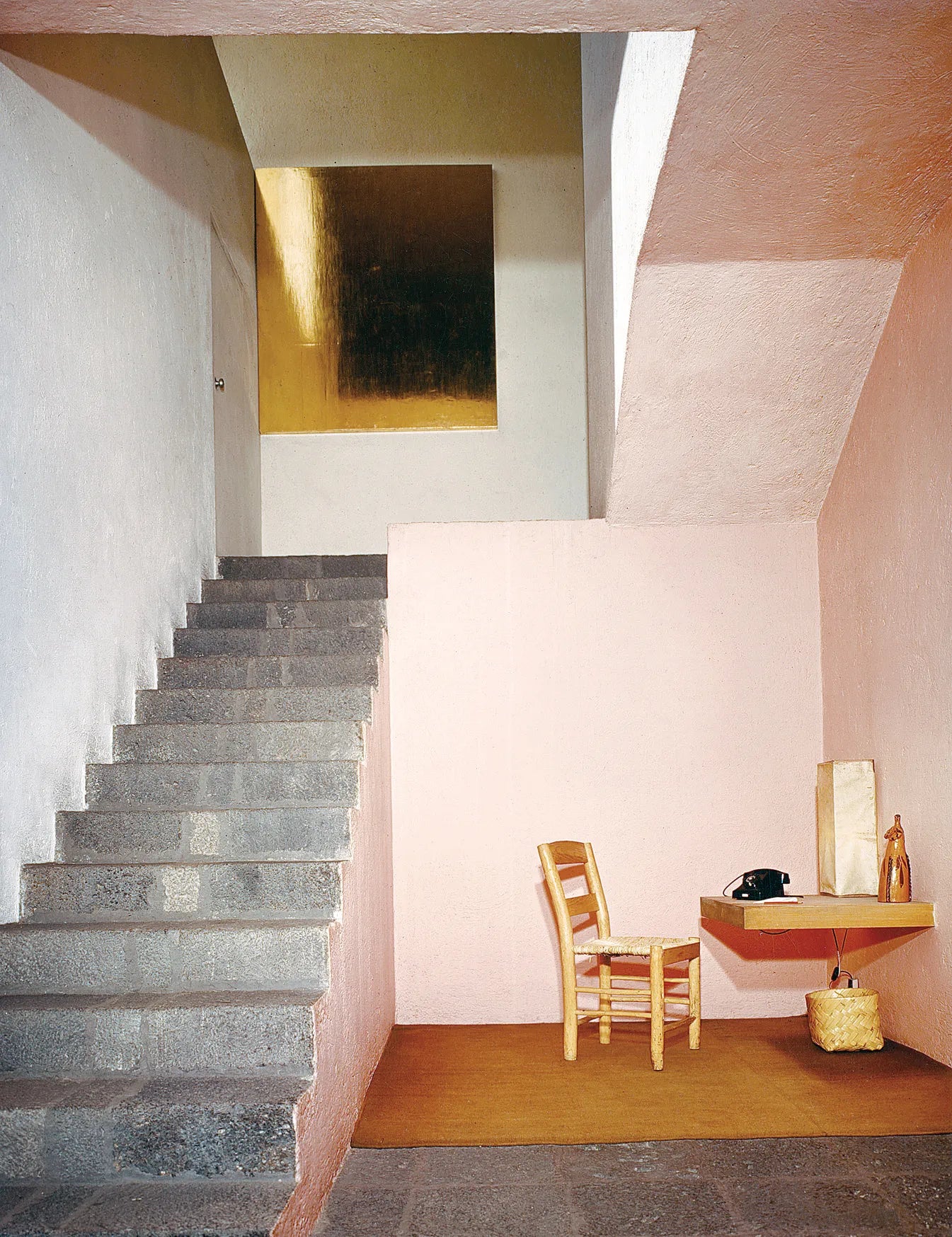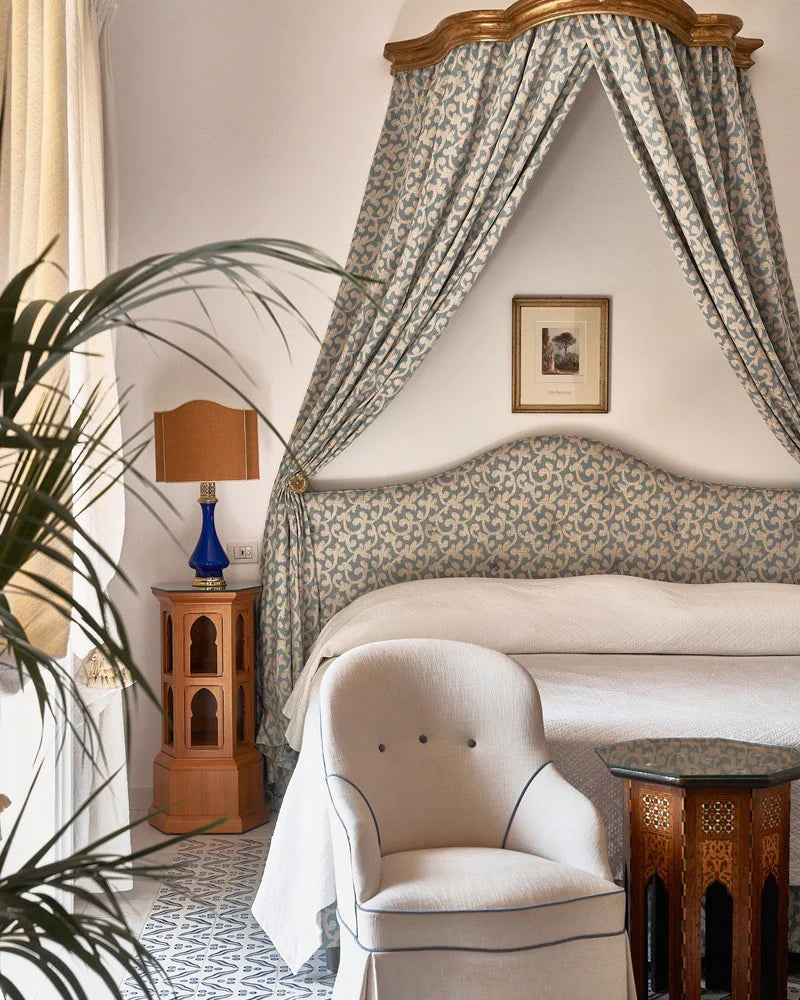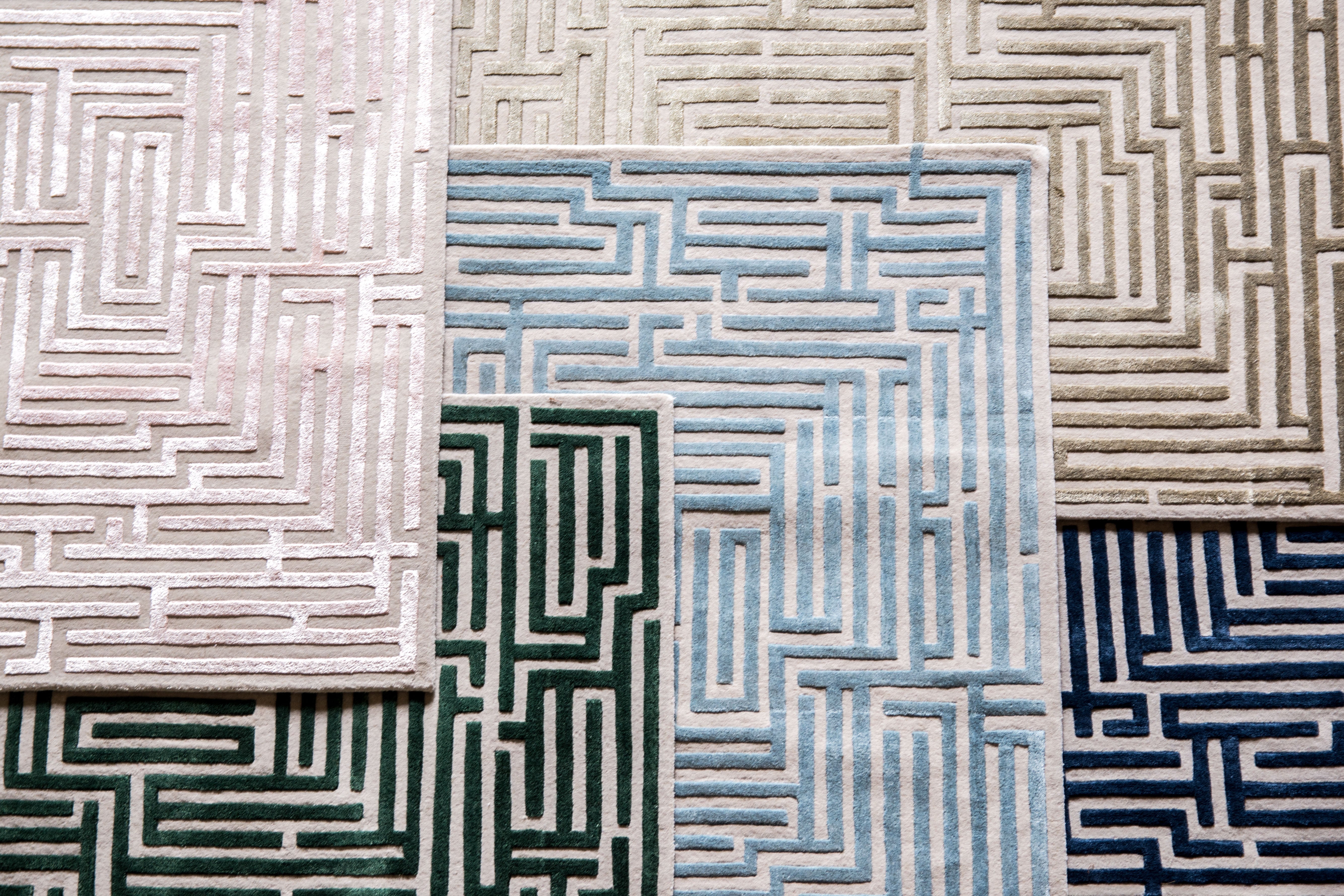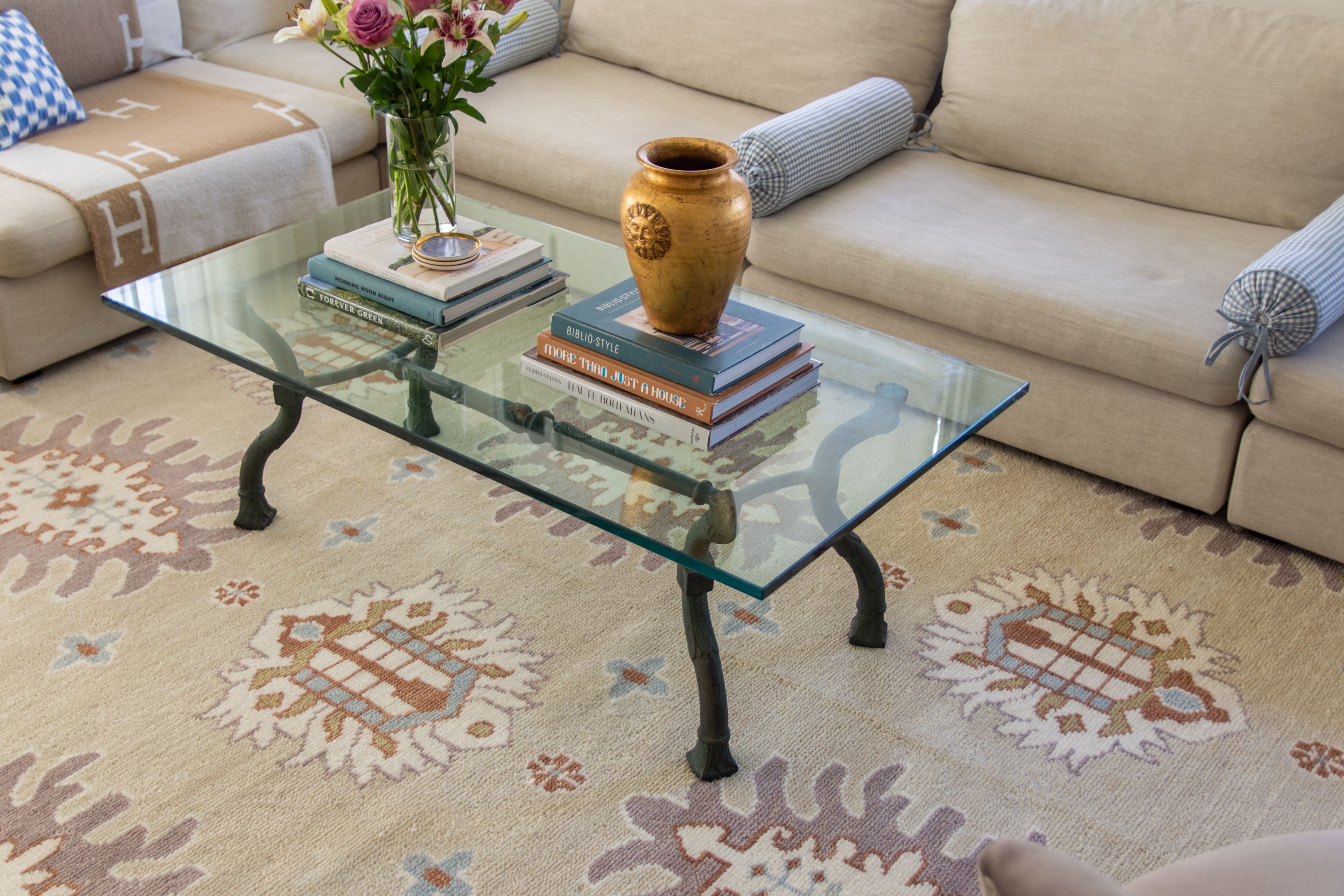Steps You Need to Take for a Successful Fix-and-Flip

Fixing up an older home can be a great way to get into real estate investing and flip homes. The market is strong, prices are rising, and there are plenty of homes available—but it's also a time-consuming process that involves a lot of work. If you're not careful, it'll be easy to lose money or even go bankrupt in the process. Plus, you’ll want to ensure you add in the right design elements for the character of the home, the neighborhood it’s in, and how much money you think you can get back out of it. Here's how to make sure your next fix-and-flip project is successful.
Choose Your Street Wisely
Location matters. Here in Georgia, you want to choose something in a desirable area that has ample parking, even if it’s on a busy street. You can change just about anything in a home, but you cannot change the neighborhood. If the home will likely be good for a family, it’s important to think about how close the house is to the street, if there is a garage or not, and what kind of a yard it has, if any.
Pick What Kind of Real Estate Deal You Want to Get Into
When you’re starting out, it can be easy to romanticize having your own fixer-upper to sell. But fixing a home and reselling it takes a lot of hard work. Some real estate investors find that they might prefer a different kind of deal. Wholesaling is another option for people who want to make money on homes. Is wholesaling real estate legal in Georgia? In short, yes, but there are important factors to consider first so you don’t get left holding the bill. Wholesaling is a way to get under contract for a home and then resell that contract to someone else before the final closing. A wholesale real estate contract can be a way to make money and get a fee for finding just the right house for someone who is already experienced in flipping houses, or for someone who just needs a great home.
Get the Right Team Together
If you decide to flip the house yourself, then you’ll need help. Choosing the right contractor is one of the most important steps in the fix-and-flip process, as it's easier to get a quality product when you have a team of pros working together. If you're not sure where to start, talk with friends or colleagues who've gone through this process and ask for recommendations from contractors they used. You can also do some research on your own by checking out online reviews and asking questions about how each person works. Also, try to find the best construction supplier on the market to supply your top team with the best stuff.
Make a Plan
Keep your timeline flexible, but don't forget to account for unexpected costs and delays. You don’t just want to start ripping the house apart without knowing your plan. If the kitchen is solid, but just needs new flooring, cabinet refacing, and some new hardware, then make sure you lay out the steps needed for that. If you plan to do extensive construction inside the home that involves taking out walls, make sure you get a contractor in to ensure the wall is not load-bearing. And always include contingencies and extra money in your plan than you think you need.
Don't Cheap Out
The materials you use for your next fix-and-flip are imperative to the success of your project. Cheap materials will not last, and they will not look good. Cheap materials can even be unsafe, in addition to being energy inefficient and environmentally unfriendly. The cheapest products are usually made from inferior materials that have been processed with harsh chemicals, which means they don’t last long—and when they do break down or need replacement, it costs more money than if you had just invested a little bit more in the first place. This is why securing fix and flip loans for beginners can be a smart move, providing the necessary funds to invest in quality materials from the outset, thereby saving costs and ensuring the success of your project in the long run.
Be Creative as Possible
Creativity builds an aesthetic for any home. It’s important to look for creative ways to use color, texture, and even building materials in a fixer-upper. You can also look for creative solutions that can save you time and money. Don’t be afraid to use local experts and resources to get new ideas either.
Set a Realistic Budget and Schedule
You need to know how much money you plan on spending, in order to make sure that your investment will be profitable. If you don't set a budget, then you could be wasting money on things that aren't necessary for the project at hand. Your budget should include everything from buying the house and materials, fixing up the home, closing costs, inspections, insurance, and repairs after completion of construction.Browse by Category

Design Projects
Explore interiors from client work and personal renovations — layered, livable, and always in progress.
read more →
Collaborations
From product launches to styled spaces, discover the brand stories I’ve helped bring to life.
read more →
The Notebook
A growing archive of iconic designers, inspiring artists, and unforgettable design moments.
read more →
Travel by Design
Wander with a designer’s eye — from charming hotels and city guides to visual inspiration abroad.
read more →




